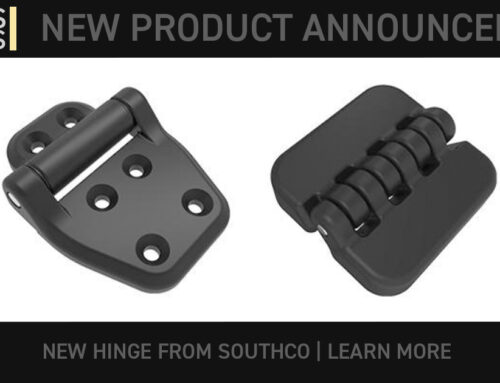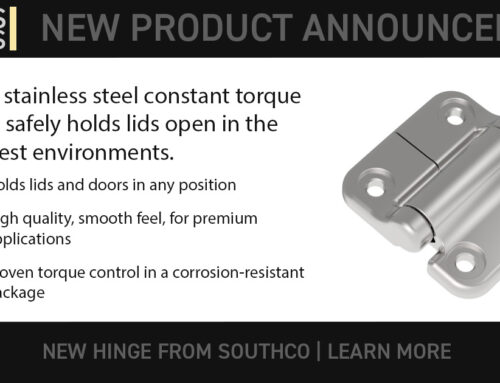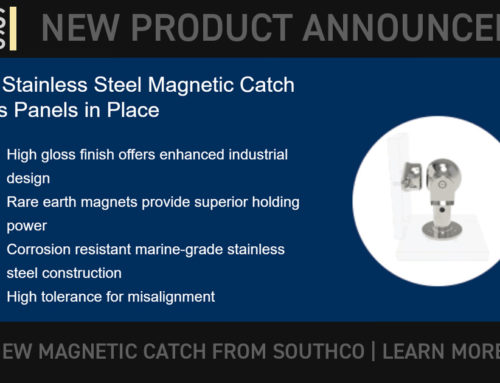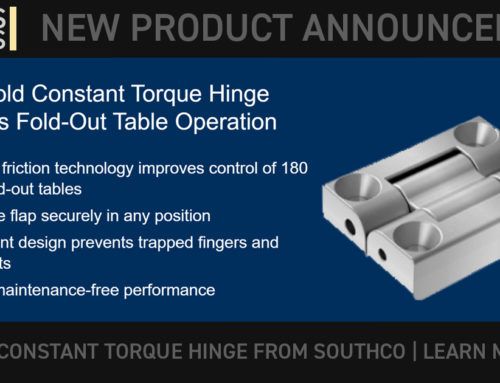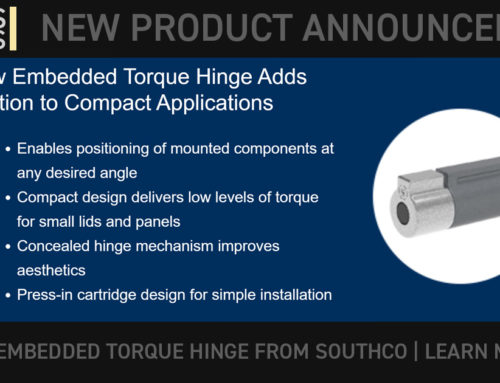Piano Hinges, despite being very “low-tech” can be complicated to understand. Armed with a little information, you too can become a hinge expert. Here’s a crash course on Continuous Hinge Terminology. Let us know via our Contact Form if you have any other questions.
First, the basics. When ordering a continuous hinge, you need to know a few important details: Overall Width (aka OPEN Width), Length, Material type and Material Thickness. Once you know these dimensions, the rest is easy.
Don’t know what you need? Not sure what the industry standard is? THAT’S OK. We can walk you through the process and figure it out together!
Finishes
Mill Finish – Straight from the factory, no finish. A residual oil may be present on the hinge, left from the manufacturing process (and to protect from corrosion). Our hinges are typically “2B” or “4B” mill finish. 4B is a brighter, more polished look right from the factory. Little or no polishing is required.
If you plan to apply a finish of some kind, and don’t want to remove the residual machine oil left by the factory, request that your hinges be “cleaned” prior to shipping. This adds slightly to the cost, but can make your finishing process much easier.
Powder Coated – For extra protection, and nice look. Typically available in White or Black. Continuous Hinges typically don’t come powder coated from the factory for several reasons: they can get scratched or scuffed during shipping or when installed. If you’re going to powder coat your enclosure, do it with the hinges installed, and powder coat them at the same time. Nonetheless, it’s an option.
Anodizing – Aluminum hinges can be anodized. This is an electrochemical process where the hinge is electrically charged and dipped in a solution in order to apply a finish. Anodizing can produce a clear finish, white, black or just about any color in between.
Electro Polished & Bright Annealed – Polished for that extra shine!
Lacquered – Very similar to painting.. this process involved the application of a lacquer finish that provides a nice look and some additional corrosion protection.
Hole Specs
Blank-
These Hinges have no holes. This allows you to drill your own pattern or welded to applications. This is the most commonly used (and inexpensive) hinges we carry.
Countersunk –
These holes are punched and then countersunk, to ensure your mounting hardware will sit flush with the hinge. Holes on thicker material hinges are typically countersunk. This picture shows a hole pattern that is not staggered.
Coined-Countersunk –
Standard Punched Holes. These holes aren’t drilled, but punched.
Leaf Styles
Special configurations are available, but typically require a minimum order quantity and have a long lead time. Need a special configuration quickly? We can achieve a “one leaf reverse swaged” by simply reverse-assembling the hinge. Easy!
Forming

Specify forming dimensions from the centerline of pin to inside of form, or edge, or leaf. Our drawings should assist in your designs. If unequal leaf forming is required, specify dimensions for each leaf
Notched, Angled, or Radius Corners
Piercing Terminology
Pin Heading
Most of our hinges come standard with “tight, staked pin”. However, if you plan to reverse-assemble your hinge, you’ll need to ask for “non-staked” or “loose pin”. Staking or tack-welding the pin in place (at one end only!) will be necessary in some applications.










